The USSR is a country that surprised the world with many projects, grandiose both in scale and cost. One of these projects was called "Kola Superdeep Borehole" (SG-3)Its implementation began in the Murmansk region, 10 km west of the city of Zapolyarny.
The scientists wanted to learn more about the earth's interior and "wipe the nose" of American scientists who abandoned their "Mohole" project due to lack of funds. When asked about what is the deepest well in the world, Soviet geologists dreamed of proudly answering: ours!
We will tell you in detail in this article whether such an ambitious idea was successful and what fate awaited the Kola borehole.
Journey to the Center of the Earth
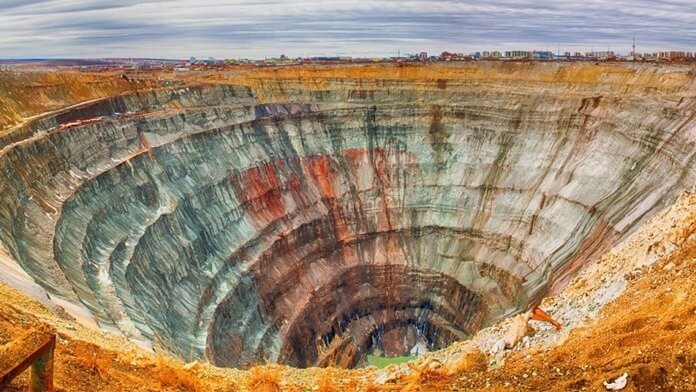
Back in the 1950s, most of the material about the Earth's structure was theoretical. That all changed in the early 1960s and 1970s, when the United States and the Soviet Union began a new version of the "space race" — a race to the center of the Earth, so to speak.
The Kola Superdeep Borehole was a unique project financed by the USSR and then Russia from 1970 to 1995. It was drilled not for the extraction of “black gold” or “blue fuel”, but purely for scientific research purposes.
- First of all, Soviet scientists were interested in whether the assumption about the structure of the lower (granite and basalt) layers of the earth's crust would be confirmed.
- They also wanted to find and explore the boundaries between these layers and the mantle, one of the “engines” that ensures the constant evolution of the planet.
- At that time, geologists and geophysicists had only indirect evidence of what was happening in the earth's crust, and a super-deep borehole was needed to better understand the processes underlying geology. And the most reliable way was direct observation.
The drilling site was chosen in the north-eastern part of the Baltic Shield. There are poorly studied igneous rocks there, the age of which is supposedly three billion years. Also on the territory of the Kola Peninsula is the Pechenga structure, shaped like a bowl. There are copper and nickel deposits there. One of the tasks of the scientists was to study the process of ore formation.
Even to this day, the information collected through this project is still being analyzed and interpreted.
How a super deep well was drilled

For the first four years, while the excavation was going on to a depth of 7,263 meters, a standard drilling rig called "Uralmash-4E" was used. But then its capabilities became insufficient.
Therefore, the researchers decided to use a powerful Uralmash-15000 rig with a 46-meter turbodrill. It rotated thanks to the pressure of the drilling fluid.
The Uralmash-15000 was designed to collect samples of the extracted rock in a core receiver, a tube that runs through all sections of the drill. The crushed rock came to the surface along with the drilling fluid. This gave geologists up-to-date information about the borehole's composition as the drill went deeper and deeper.
As a result, several boreholes were drilled, which branched out from one central borehole. The deepest branch was called SG-3.
As one of the scientists on the Kola GRE team said: "Every time we start drilling, we find something unexpected. It's exciting and alarming at the same time."
Interesting fact

The first surprise the drillers encountered was the absence of the so-called basalt layer at a depth of about 7 km. Previously, the most current geological information about the deeper parts of the earth's crust came from the analysis of seismic waves. And based on this, scientists expected to find a granite layer, and as they went deeper, a basalt layer. But, to their great surprise, when they moved deeper into the bowels of the Earth, they found more granite there, and did not reach the basalt layer at all. All drilling took place in the granite layer.
This is extremely important, as it is connected with the theory of the layered structure of the Earth. And with it, in turn, are connected the ideas about how minerals arise and are located.
The Unsolved Mystery of the Kola Borehole

The Kola Superdeep Borehole is a source not only of valuable knowledge, but also of a terrible urban legend.
Having reached a depth of 14.5 thousand meters, the drillers allegedly discovered voids. Having lowered equipment capable of withstanding extremely high temperatures, they found out that the temperature in the voids reached 1100 degrees Celsius. And the microphone, before melting, recorded 17 seconds of audio, which was immediately dubbed "the sounds of hell." These were the cries of damned souls.
The story was first recorded in 1989, and its first major publication was on the American television network Trinity Broadcasting Network. And it borrowed material from a Finnish Christian publication called Ammennusastia.
The story was then widely reprinted in small Christian publications, newsletters, etc., but received virtually no attention from the mainstream media. Some evangelicals cited the incident as evidence of the existence of a physical hell.
- People familiar with the principles of operation of acoustic well logging tools just laughed at this story. After all, acoustic logging probes are used to catch the wave pattern of reflected elastic vibrations.
- The maximum depth of SG-3 is 12,262 meters.This is deeper than even the deepest part of the ocean, the Challenger Deep (10,994 meters).
- The highest temperature in it did not rise above 220 C.
- And one more important fact: it is unlikely that a microphone or drilling equipment could withstand hellish heat above a thousand degrees.
In 1992, the American newspaper Weekly World News published an alternative version of history that took place in Alaska, where 13 miners were killed after Satan was released from Hell.
If you are interested in this legend, you can easily find videos with relevant investigations on YouTube. Just don't take them too seriously, some (if not all) of the audio with the alleged cries of sufferers in the Underworld is taken from the 1972 film Baron Blood.
What did scientists find at the bottom?

- First, water was discovered at a depth of 9 km. It was thought that it simply should not exist at this depth - and yet it was there. We now understand that even deep granite can develop cracks that fill with water. Technically speaking, water is simply hydrogen and oxygen atoms forced out by the enormous pressures caused by depth and trapped in the rock layers.
- Second, the researchers reported recovering mud that was “boiling with hydrogen.” Such large quantities of hydrogen at such great depths were completely unexpected.
- Thirdly, the bottom of the Kola borehole turned out to be incredibly hot - 220 °C.
- Without a doubt, the biggest surprise was the discovery of life. At depths of over 6,000 meters, microscopic plankton fossils were found that had been there for three billion years. In total, about 24 ancient species of microorganisms were found that had somehow survived the extreme pressures and high temperatures beneath the earth's surface. This raised many questions about the potential survival of life forms at great depths. Modern research has shown that life can even exist in the ocean crust, but at the time, the discovery of these fossils was a shock.
Despite the best efforts of drillers and decades of hard work, the Kola Superdeep Borehole has traveled only 0.18% of the way to the center of the Earth. Scientists believe that the distance to the center is about 6,400 kilometers.
Why the SG-3 project was closed

Currently, there are no personnel or equipment on SG-3. It is one of the most interesting abandoned objects from the Soviet era. Only a rusty hatch in the ground reminds us of the grandiose project, listed in the Guinness Book of Records as the deepest human intrusion into the planet's crust.
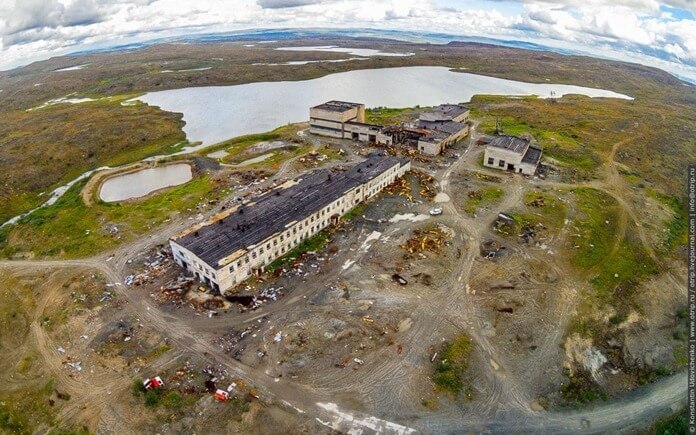
The project was shut down in 1995 due to (you guessed it) lack of funding. Even earlier, in 1992, drilling operations at the well were halted because geologists encountered higher-than-expected temperatures of 220 degrees. Heat wreaks havoc on equipment. And the higher the temperature, the harder it is to drill. It’s like trying to create and maintain a hole in the center of a pot of hot soup.
By 2008, the research and production center operating at the well was completely abolished, and all drilling and research equipment was disposed of.
The final goal
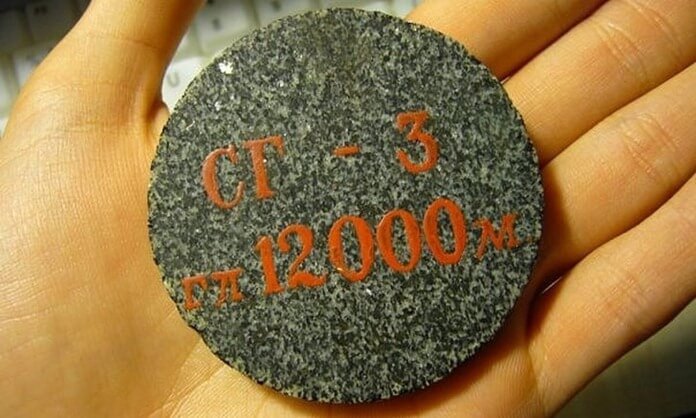
The valiant efforts of the Kola GRE participants lasted for several decades. However, the final goal - the 15,000 meter mark - was never reached. But the work done in the USSR and then in Russia provided a wealth of information about what lies just beneath the earth's surface, and it remains scientifically useful today.
- Unique equipment and technology for ultra-deep drilling were developed and successfully tested.
- Valuable information was obtained about the composition and properties of rocks at different depths.
- Copper-nickel deposits of industrial significance were found at a depth of 1.6-1.8 km.
- The theoretical picture expected at the 5000 meter mark was not confirmed. No basalts were found either at this or at deeper sections of the well. However, not very strong rocks called granite gneisses were unexpectedly discovered.
- Gold was found in the interval from 9 to 12 thousand meters. However, it was not mined from such a depth - it was unprofitable.
- Changes were made to theories about the thermal regime of the earth's interior.
- It turned out that the origin of the 50% heat flow is associated with the decay of radioactive substances.
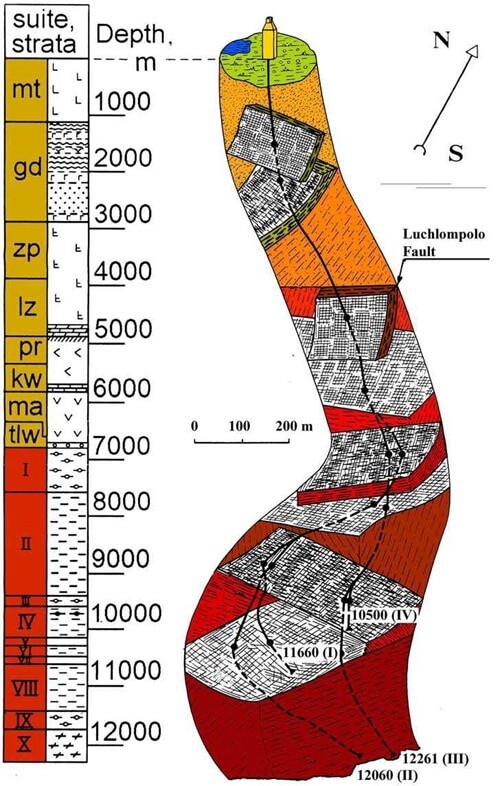
SG-3 revealed many secrets to geologists. And at the same time, it gave rise to many questions that remain unanswered. Perhaps some of them will be answered during the operation of other superdeep wells.
10 Deepest Wells on Earth (Table)
| Place | Well name | Years of drilling | Drilling depth, m. |
|---|---|---|---|
| 10 | Shevchenkivska-1 | 1982 | 7 520 |
| 9 | Yen-Yakhinskaya superdeep well (SG-7) | 2000–2006 | 8 250 |
| 8 | Saatly superdeep well (SG-1) | 1977–1982 | 8 324 |
| 7 | Zisterdorf | 8 553 | |
| 6 | University | 8 686 | |
| 5 | KTB Hauptborung | 1990–1994 | 9 100 |
| 4 | Baden-Unit | 9 159 | |
| 3 | Bertha Rogers | 1973–1974 | 9 583 |
| 2 | KTB-Oberpfalz | 1990–1994 | 9 900 |
| 1 | Kola Superdeep Borehole (SG-3) | 1970–1990 | 12 262 |

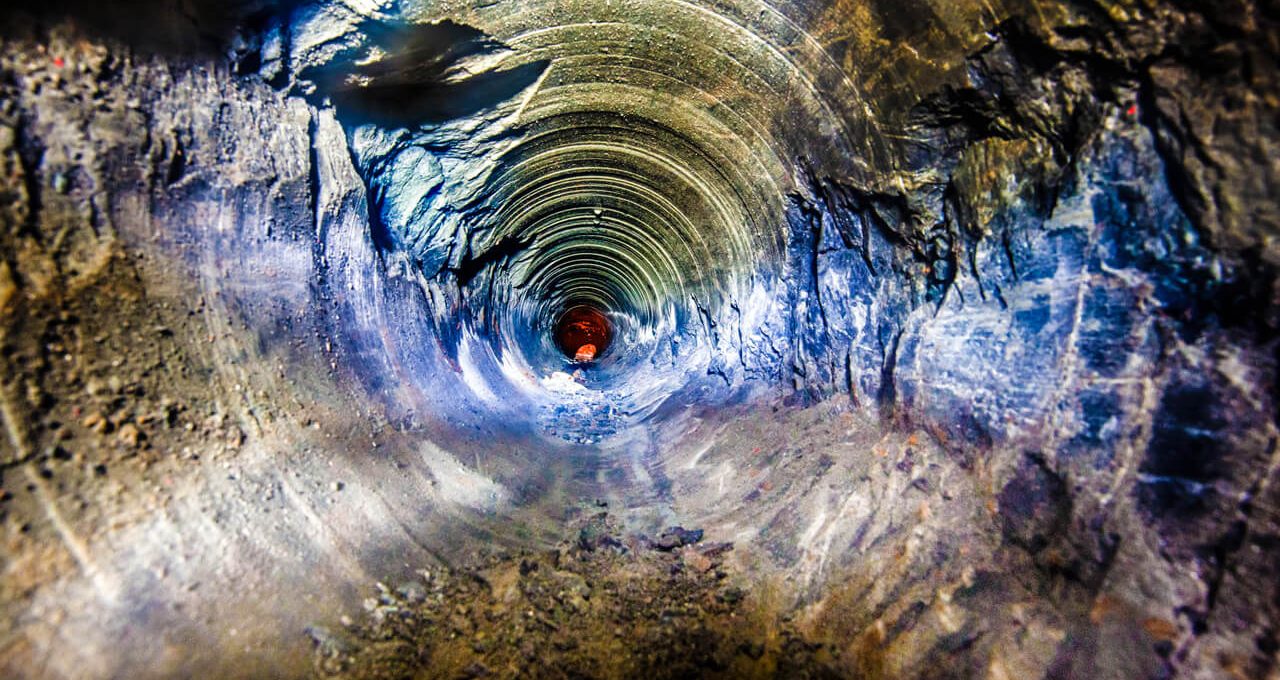

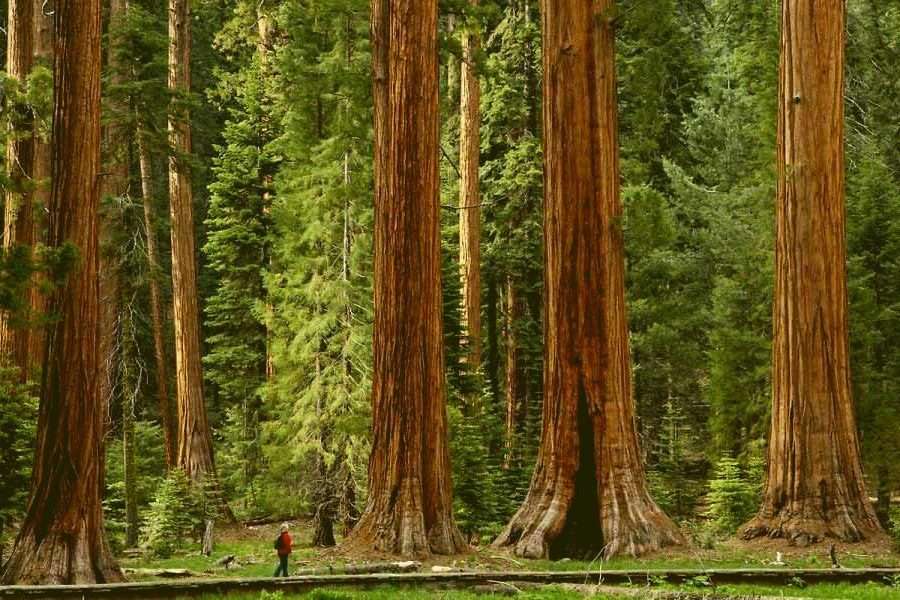
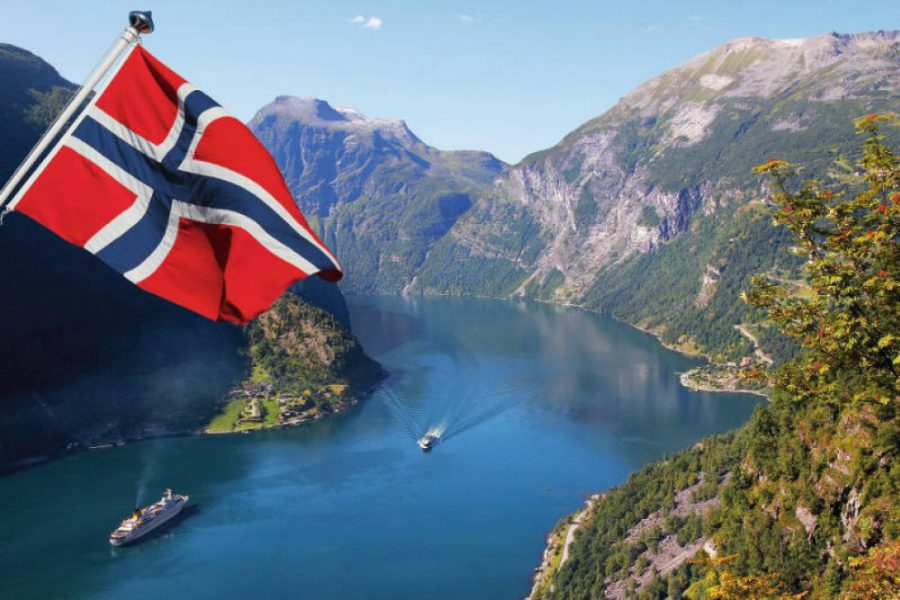
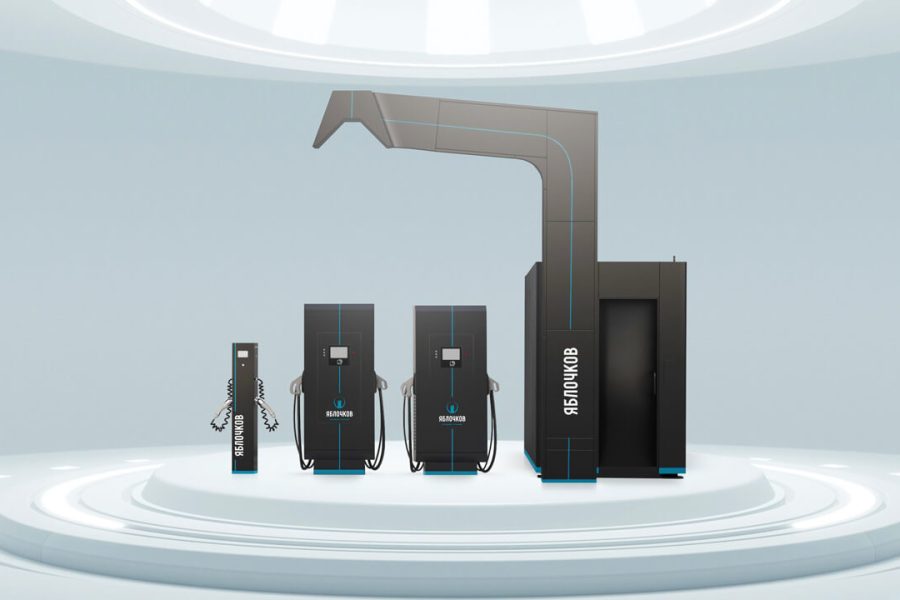








Оставить Комментарий